The sinking of SS Mohegan is one of the biggest tragedies and mysteries of the Atlantic Transport Line that have occurred to this day. It was a steamer which hit the Manacles on her second voyage, on 14th October 1898. Out of the 197 people on board, 106 lost their lives, including all the crew, leaving no one behind who could explain what had happened on the ship.
The vessel was built to serve as both animal carrier with stalls for 700 cattle and passenger liner with capacity for 120 people, and was originally named “Cleopatra”. It was built for the Wilson & Furness-Leyland Line by Earle’s Shipbuilding and Engine Company in Hull along with four other ships and rated A1 at Lloyd’s of London. Equipped with pumping systems, eight watertight bulkheads, failsafe lighting, three compasses, and eight lifeboats, each with capacity for 59 passengers, “Cleopatra” was built to satisfy all the safety criteria possible at sea.
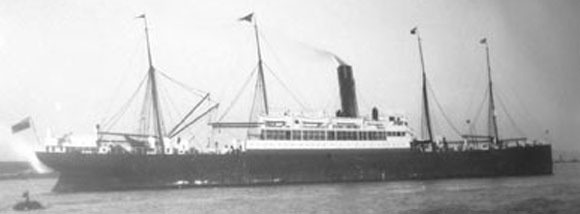
Even though the ship was built for the Wilson & Furness-Leyland Line, it got purchased by the Atlantic Transport Line, along with the other four ships – “Victoria”, “Alexandria”, “Winifreda”, and “Boadicea” which were built in the same period, each at a cost of approximately £140,000.
On her maiden voyage “Cleopatra” sailed off from London on the 31st July 1898 and arrived in New York on 12th August 1898. It wasn’t a very successful voyage for the ship as many of the passengers complained to the company because of the many defects that had occurred. The ship crew struggled to keep the ship operational and they were all praised for their conduct by the passengers. There were malfunctions in the water system that fed the boilers and a number of serious leaks which were a result of the rushed construction of the ship. The return to London took “Cleopatra” 21 days as the speed was limited to half and after it docked, its repairs lasted for more than a month. When the ship was declared fit for sailing by the Board of Trade, it was duly renamed “Mohegan.”
So, on 13th October 1898, heading for New York, the repaired “Mohegan” sailed from Tilbury Docks under the command of Captain Richard Griffith. “Mohegan” carried 97 crew, 57 passengers, seven cattlemen, and 1,286 tons of spirits, beer, and antimony. After a few hours, the ship arrived in Dover where the Assistant Engineer was dropped. He gave a short report, according to which there were only a few minor electrical failures and leaks. After sailing off from Dover, “Mohegan” headed down the English Channel at her maximum speed. All seemed normal until the ship passed Cornwall. Then everything went wrong, and it could never be explained why.
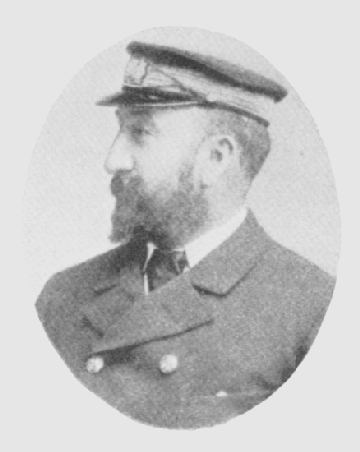
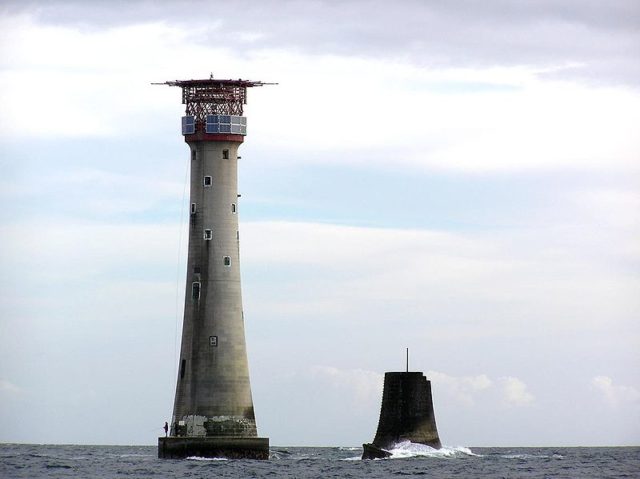
Some of the crew and the officers noticed that the boat sailed too close to the coast and that the Eddystone Lighthouse was too far away. Without slowing from 13 knots, “Mohegan” turned down to The Lizard. A coastguard from Coverack gave a rocket signal to “Mohegan” to warn the crew, but the warning was probably unnoticed. The ship was also noticed by a coxswain of Porthoutock lifeboat – James Hill, who called his crew with a cry “She’s coming right in!” By that time, the “Mohegan” was at her full speed heading towards the Manacle Rocks.
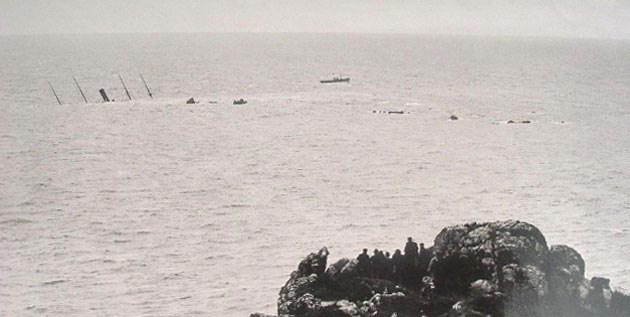
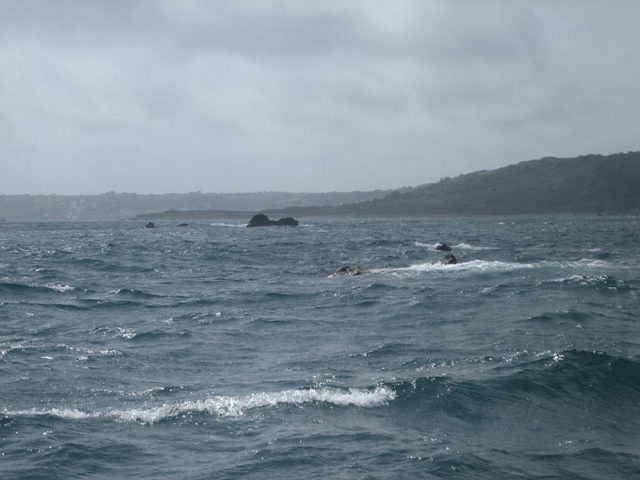
When the crew finally seemed to realize that something had gone wrong, it was already too late. The passengers were being served dinner at the time and so the panic of the crew went unnoticed. When the ship struck Vase Rocks, the engine room immediately flooded and the steam gauges broke, and very soon everyone ran onto the deck.
The crew managed to prepare two lifeboats of which one got swapped and the other capsized. It took only 12 minutes for the sea to swallow the “Mohegan.” Even though the Porthoustock lifeboat “Charlotte” was launched in only thirty minutes, it managed to save only 44 persons. The rest died including all the officers and crew members.
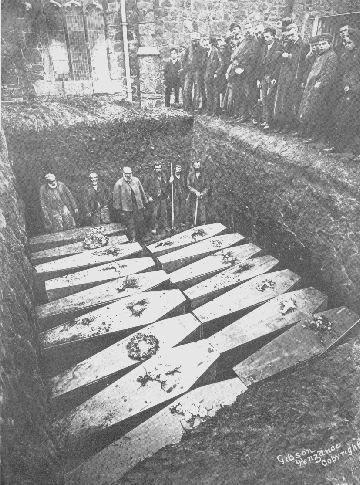
Hence, nobody could explain what happened and how the tragedy occurred. And since no other explanation could be found, the tragedy was ascribed to human error.
The recovered bodies of those who drowned were buried in the churchyard in St Keverne, in a mass grave which was given a memorial stained glass window by the Atlantic Transport Line.